1
HOME > Tips & Advice >
WHY “CASUAL” DOESN’T MEAN “SLOPPY” DRESSING
Written by Menswear Style in Tips & Advice on the 7th April 2021
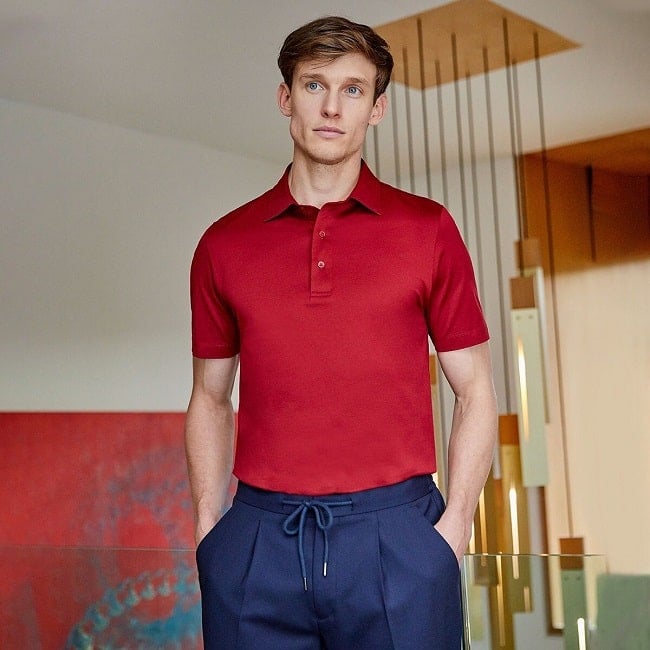
In 24 Hour Party People, the 2002 film about Factory Records and the ‘80s Madchester music scene, one quote stands out. Producer Martin Hannett, in giving guidance to Joy Division’s (and eventually New Order’s) drummer Stephen Morris, tells him to play “Faster but slower.” It’s contradictory and definitely oxymoronic, but Hannett had a point, no matter how enigmatic it seemed. You can’t rush through things, and instead, speed should be effortless but not forced. How does this apply to dressing? Casual dressing – and not the smart or business casual kind – always needs to seem like you’re not trying. Yet, your T-shirt and jeans shouldn’t ever seem haphazard, like you just threw them together before you stumbled out the door and into the world. Order is essential, as is some planning. You can’t cobble it all together, no matter how seemingly basic, and expect it to be coordinated.
Precision is integral to even life’s most seemingly straightforward facets. A good deal of us have been hanging out in tees and joggers, perhaps with some denim or polo added into the mix. It’s a step below the work-from-home business casual uniform we’ve all generally adopted over the past year. Yet, you can sense a difference, both in appearance and mood, when your shirt’s free of wrinkles and stains, and your trousers aren’t hanging past your waist. You might feel ready to get things done, even if just from the couch with your laptop, rather than think about going back to bed in your semi-slovenly state. Casual dressing can be complicated. It’s a wardrobe free of rules, but the facets that elevate your business and dress looks also apply here, albeit in a somewhat dumbed-down capacity. Whether you’re looking to make an impression or feel up to facing the world day by day, here’s how you can dress casually instead of sloppily:
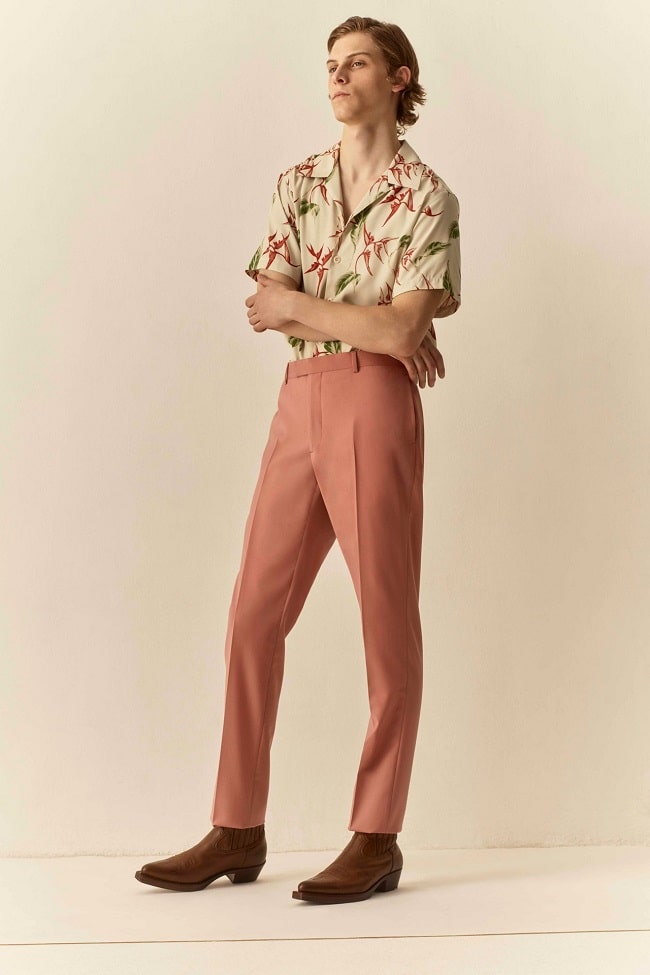
Fit is Everything
This statement is no exaggeration. You can purchase the most expensive garments, and something that hangs from your shoulders or strains across your chest and midsection will always project a poor impression. While many opt to tailor their suits and business clothing for this reason, it’s a bit extreme for your casual fare. Yet, that doesn’t mean you can’t look for a quality fit. Studies have shown that many men don’t know their true size and, in turn, end up purchasing T-shirts and shirts that are too large or too small, especially if they don’t try on garments in stores or have come to rely on vanity sizing. This effect causes the fabric to bunch up in places and obscures your form, so that it looks like you’re wearing a rubbish bag, especially when the garment isn’t ironed. A good fit, however, doesn’t mean tight or even skin-skimming. Rather, the seams around your armholes should hit just below the shoulder – not sag down nor restrict your range of motion. Cuffs, similarly, should hit right at the wrist – not behind. With your collar, do the two-finger test: if you can’t fit two in, the shirt is too tight, and too many means it’s too loose. As well, no shirt, excluding an intentionally long or shirttail-hem style, should extend beyond your trousers’ back pockets. Realise that this excess fabric will bunch up once you tuck the garment into your waistband.
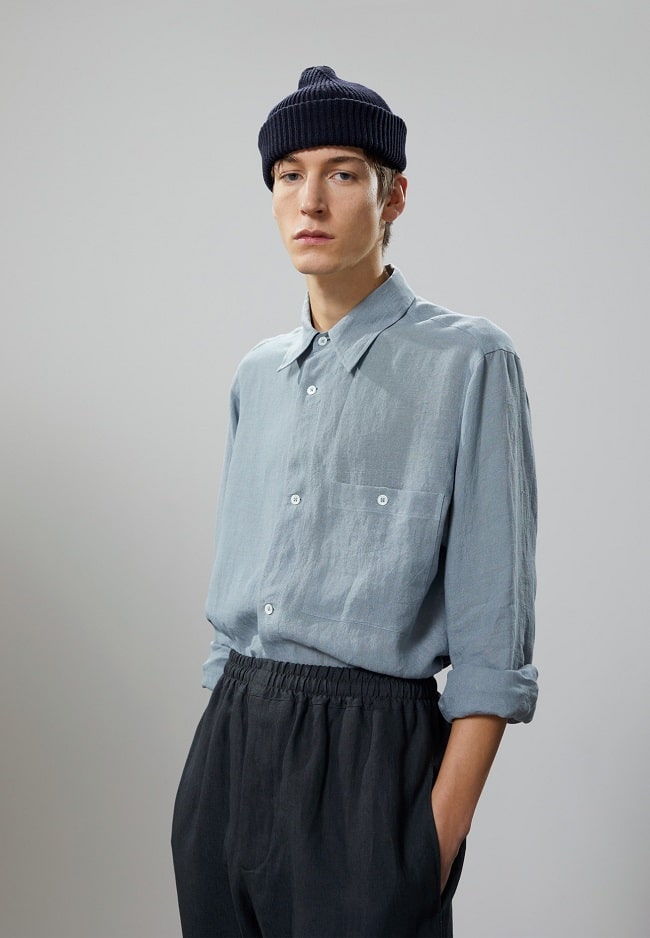
Don’t Ignore the Cut
Fit and cut, while similar, aren’t synonymous. You can have something with a relaxed or slim silhouette, and depending upon its size and your body type, it can still fit poorly. To some degree, you should understand which cut works with your body type and how it can affect fit. Beyond slim- to wide-cut garments, angles play a role, softening or accentuating your torso in the process and interacting with the colour or pattern. Generally, a slim- to regular-cut garment delivers the most versatility for average-sized bodies when it comes to casualwear. At the same time, you want defined lines – but not sharp edges – to highlight your torso and lower half, rather than obscure it.
Know How to Layer
You can select the right cut and fit, but if you throw everything on top, you appear as if you’re carrying around extra weight or have bulks and bulges that make your torso appear lumpier than it actually is. Casual clothing is no different from business dress, and the same rules of layering apply. You should be able to see every layer, rather than put a T-shirt under a rollneck sweater, and never double-up on garments that serve the same purpose. As well, even for casualwear, look to vary colours and fabric textures with this arrangement. Through this lens, layering presents an opportunity to upgrade your style, be it by adding a blazer or sport jacket – still considered “casual” garments by traditional standards – over a polo, T-shirt, or other fine-knit garment. Less extreme, throwing a cardigan on top elevates even the most standard ensemble while enhancing it with warmth.
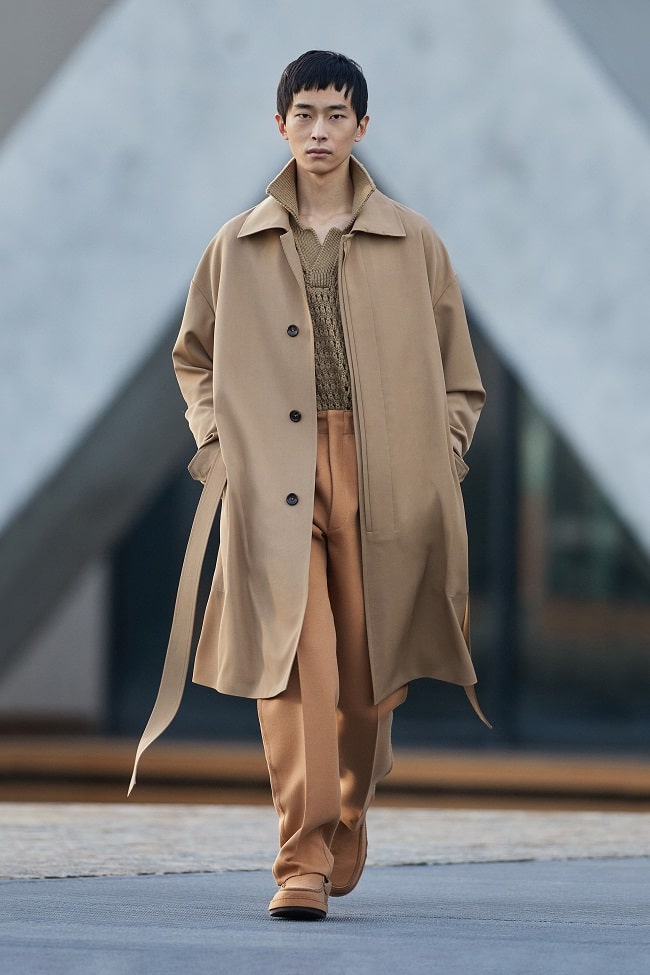
Have a Balance of Colours and Patterns
Neutral colours will always give you the most mileage when it comes to your casual and business-leaning wardrobes, particularly in terms of matching pieces and layering. Yet, even if you’re examining it all through a strictly classic mindset, blues, whites, greys, and tans can all start to seem drab after a while. In considering the points above about fit and cut, take an opportunity to push boundaries in terms of shades, graphics, and patterns, looking to call attention and make something individualistic about your style without adding too many elements.
Have Key Garments on Hand
A casual wardrobe, especially if you find yourself dressing this way more frequently, rests on key pieces:
- A crewneck T-shirt, preferably made out of light- to mid-weight cotton in a slim to regular cut.
- Jeans, in a dark to medium wash that have a boot cut to relaxed fit.
- Joggers, regular fit rather than oversized and in a cotton-based material.
- Hoodies, thick enough for coverage over a T-shirt yet not so bulky that you can’t wear them under a heavier jacket when the temperatures drop.
- A selection of knits, including fine-knit, slimmer-cut polos to a chunkier knit V- or crewneck sweater that can be worn over a button-front or T-shirt.
- Button-down shirt, not to be confused with a button-up, in denim or another cotton-based material.
- A lightweight jacket, such as a trucker or bomber with a more relaxed yet not oversized fit.
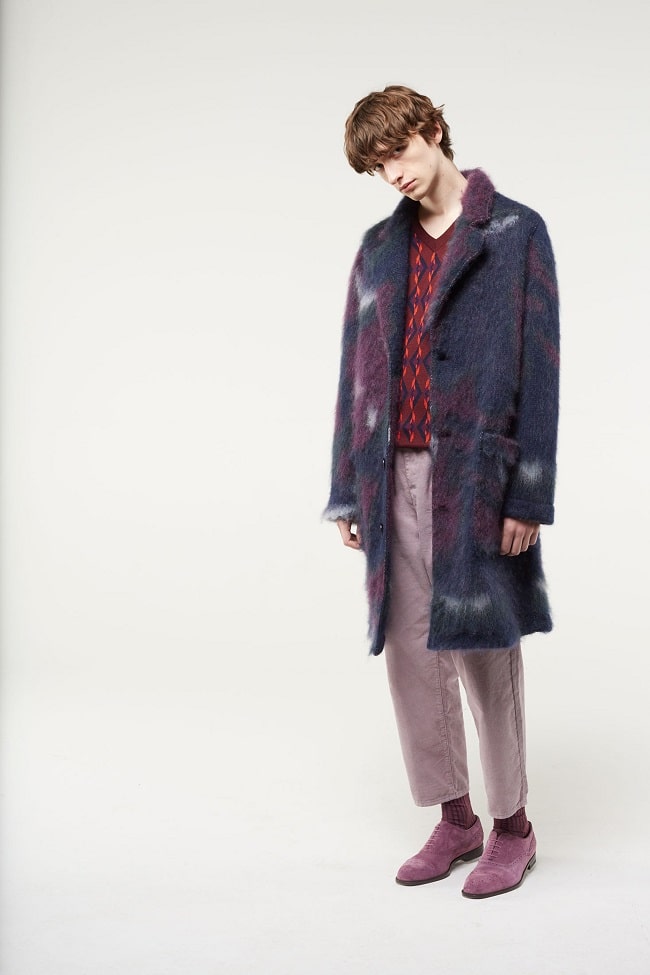
Trending
2
3
4
5
6
7
8
9
10









